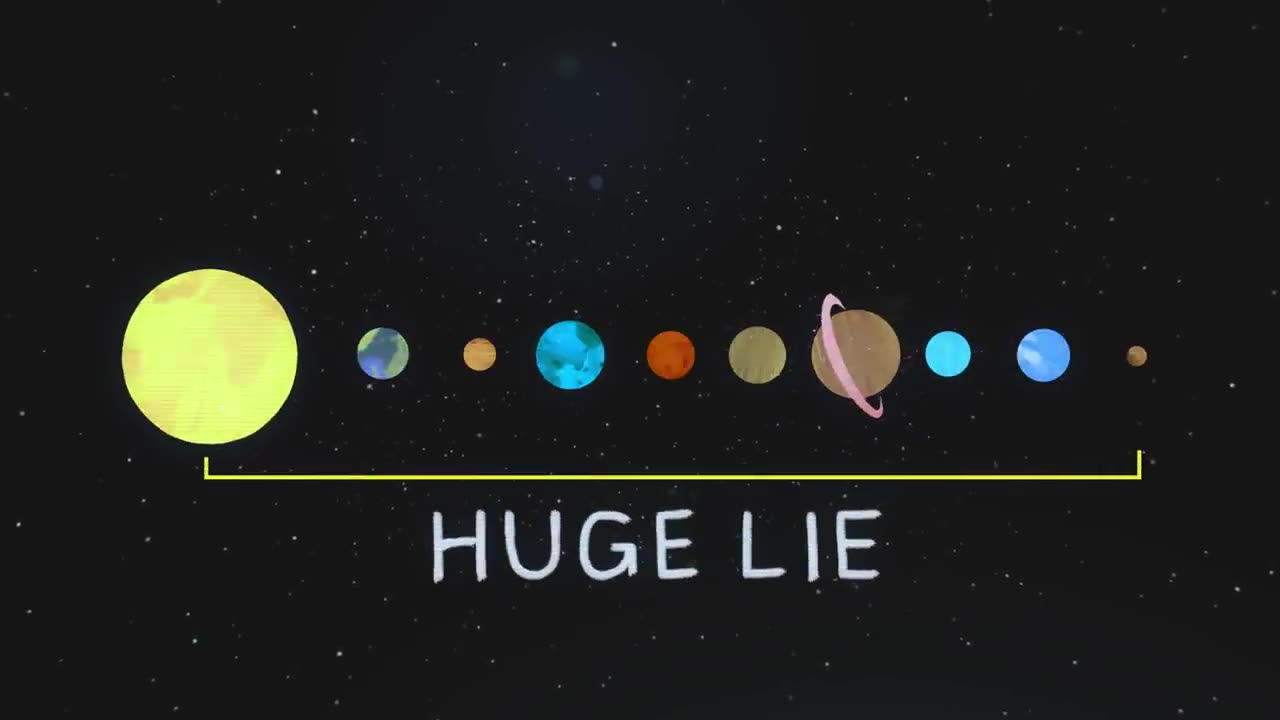Premium Only Content

NASA_s incredible mission to Pluto_ explained
NASA's incredible mission to Pluto, known as the New Horizons mission, was an ambitious endeavor that aimed to explore the distant dwarf planet Pluto and its moon Charon, shedding light on this enigmatic part of our solar system. Here's an explanation of the key aspects of this mission:
1. Launch and Journey: New Horizons was launched on January 19, 2006, aboard an Atlas V rocket. It embarked on a nearly 3-billion-mile (4.9-billion-kilometer) journey to reach Pluto, which took nearly nine and a half years.
2. Historic Flyby: On July 14, 2015, New Horizons made a historic flyby of Pluto, coming within approximately 7,800 miles (12,500 kilometers) of the dwarf planet's surface. During this encounter, it captured detailed images and collected data on Pluto's surface, geology, atmosphere, and more.
3. Scientific Discoveries: The mission's instruments provided a wealth of scientific discoveries, including the presence of diverse terrains on Pluto, evidence of active geology, ice mountains as high as the Rockies, and a surprisingly complex atmosphere.
4. Charon and Other Moons: New Horizons also studied Pluto's largest moon, Charon, and discovered its unique features. Additionally, it observed Pluto's smaller moons, like Nix, Hydra, Kerberos, and Styx, providing valuable information about their characteristics and orbits.
5. Beyond Pluto: After the Pluto flyby, New Horizons continued its mission into the Kuiper Belt, a region of the solar system beyond Pluto that is home to numerous icy objects. It conducted a flyby of the Kuiper Belt object Ultima Thule (now known as Arrokoth) on January 1, 2019, providing insights into the formation of these distant objects.
6. Data Transmission: New Horizons transmitted a vast amount of data back to Earth, allowing scientists to continue studying and analyzing the information for years to come.
In summary, NASA's New Horizons mission to Pluto was a groundbreaking exploration that revolutionized our understanding of this distant world and its surrounding region in the solar system. It expanded our knowledge of the outer solar system and continues to contribute to scientific research about these far-off celestial bodies.
-
 2:51:55
2:51:55
TimcastIRL
7 hours agoTrump Just FROZE ALL Ukraine Aid After Zelenskyy SCREWED Negotiations w/Viva Frei | Timcast IRL
180K59 -
 9:54:54
9:54:54
Dr Disrespect
15 hours ago🔴LIVE - DR DISRESPECT - PUBG - 5 CHICKEN DINNERS CHALLENGE!
204K26 -
 1:58:28
1:58:28
Kim Iversen
9 hours agoSHOCKED! BETRAYED! RFK Jr. FLIPS on Measles Vaccine? | NATO Trap: Europe Could Drag The US to WW3
94K190 -
 18:37
18:37
Clownfish TV
7 hours agoThe Oscars Just EMBARASSED Disney and Emilia Pérez...
54.7K24 -
 56:28
56:28
Glenn Greenwald
9 hours agoDocumentary Exposing Repression in West Bank Wins at Oscars; Free Speech Lawyer Jenin Younes on Double Standards for Israel's Critics | SYSTEM UPDATE #416
101K83 -
 1:03:34
1:03:34
Donald Trump Jr.
11 hours agoZelensky Overplays His Hand, More Trump Wins, Plus Interview with Joe Bastardi | Triggered Ep.221
160K132 -
 1:13:16
1:13:16
We Like Shooting
19 hours ago $5.56 earnedDouble Tap 399 (Gun Podcast)
52.8K2 -
 1:00:20
1:00:20
The Tom Renz Show
1 day agoTrump Schools Zelensky, The Epstein Files FAIL, & What RFK Will Mean for Cancer
54.9K24 -
 42:47
42:47
Kimberly Guilfoyle
12 hours agoThe Trump effect: More Major Investment, Plus America First at Home & Abroad. Live w/Ned Ryun & Brett Tolman | Ep. 201
136K45 -
 1:29:23
1:29:23
Redacted News
11 hours agoWW3 ALERT! Europe pushes for war against Russia as Trump pushes peace and cutting off Zelensky
169K284